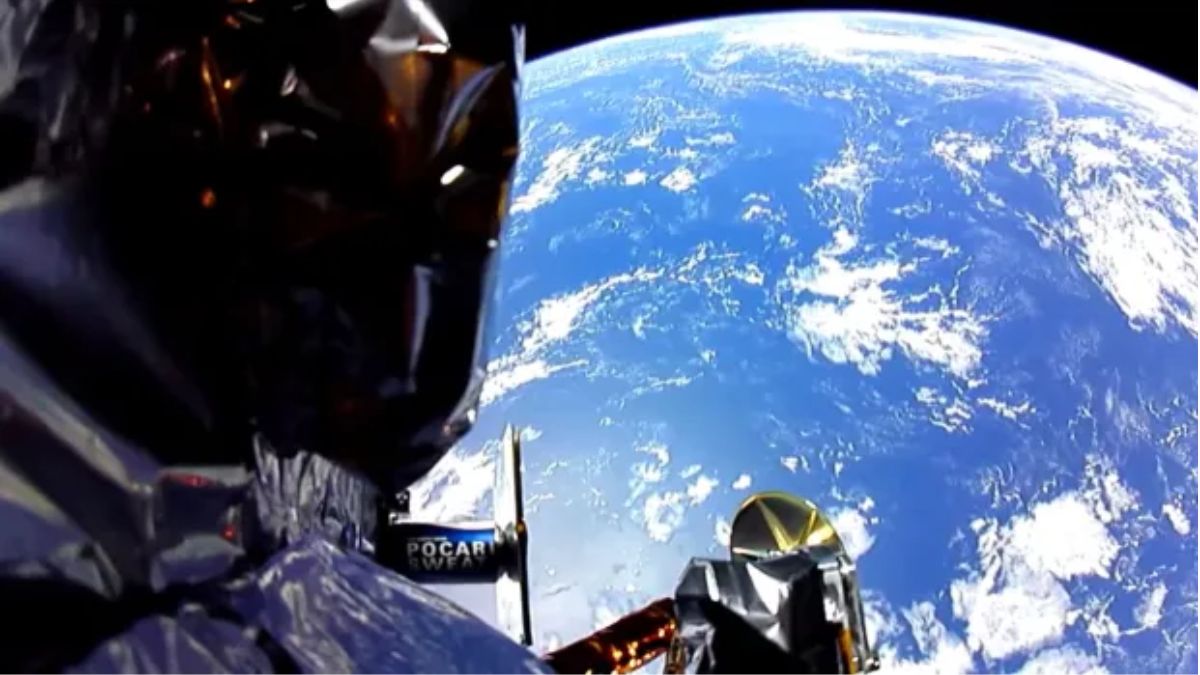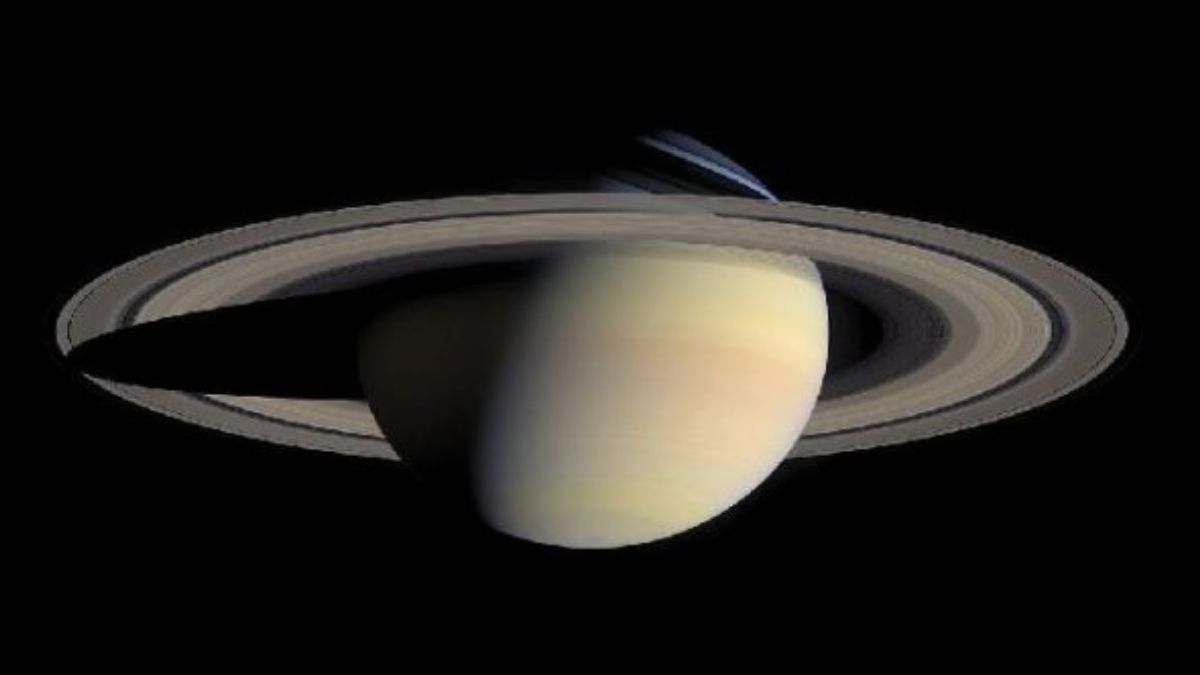
Astrobotic's Peregrine lunar lander encountered bo...
news-extra-space

 Image Credit: ES
HST was utilized by the international space union in conjunction with observations of Saturn made by the Cassini probe, the Voyager 1 and 2 spacecraft, and the decommissioned International Ultraviolet Explorer project.
They discovered that the gas giant's extensive ring structure actually raises the temperature of its atmosphere.
Future space observations are anticipated to benefit from this novel occurrence, particularly when it comes to forecasting ring systems similar to Saturn's on other planets.
A Never-Before-Seen Saturn Ring Phenomena is Found by NASA Hubble!
The recently discovered Saturn ring phenomenon, according to a post on NASA's official blog, can aid scientists in developing a method for forecasting ring systems on other heavenly bodies.
Saturn's Ring System Heats Planet's Atmosphere, a Never-Before-Seen Phenomena, NASA Hubble Discovers!
The first color composite of photographs taken by NASA's Cassini probe as it approached the ringed planet on October 21, 2002, shows the planet Saturn. There are still 20 months before the probe arrives. As Cassini used several filters to capture photographs of the planet, it was 285 million kilometers (177 million miles) from the spacecraft, which is over twice the distance between the Sun and Earth.
Image Credit: ES
HST was utilized by the international space union in conjunction with observations of Saturn made by the Cassini probe, the Voyager 1 and 2 spacecraft, and the decommissioned International Ultraviolet Explorer project.
They discovered that the gas giant's extensive ring structure actually raises the temperature of its atmosphere.
Future space observations are anticipated to benefit from this novel occurrence, particularly when it comes to forecasting ring systems similar to Saturn's on other planets.
A Never-Before-Seen Saturn Ring Phenomena is Found by NASA Hubble!
The recently discovered Saturn ring phenomenon, according to a post on NASA's official blog, can aid scientists in developing a method for forecasting ring systems on other heavenly bodies.
Saturn's Ring System Heats Planet's Atmosphere, a Never-Before-Seen Phenomena, NASA Hubble Discovers!
The first color composite of photographs taken by NASA's Cassini probe as it approached the ringed planet on October 21, 2002, shows the planet Saturn. There are still 20 months before the probe arrives. As Cassini used several filters to capture photographs of the planet, it was 285 million kilometers (177 million miles) from the spacecraft, which is over twice the distance between the Sun and Earth.
 Image Credit: NASA
The area that is aligned with Saturn's ring is darker blue in the NASA Hubble image, indicating a higher temperature than other places. The most likely reason, according to NASA, is that the frozen ring system particles are showering down onto the planet's atmosphere.
The space agency thinks that this is what's heating up the atmosphere. According to NASA, this might be the result of electrically charged dust being picked up by electromagnetic forces, solar wind particle bombardment, solar UV radiation, or the impact of micrometeorites.
NASA's More Saturn-Related Findings
NASA is observing Saturn's moon Titan in addition to the gas giant's ring system. The international space agency thinks Titan may provide information on the beginnings of life. As a result, NASA's Dragonfly drone will shortly be launched toward Titan, according to Space.Com.
The distance between Tita's geologically interesting locations can be traveled by this new spaceship over several miles. In addition to the most recent Saturn ring phenomenon, the NASA Hubble and James Webb space telescopes recently made other findings.
Read More: How to Install the Tesla Software Update 2023.2.0.5, which Improves Sentry Mode and Heats the Steering Wheels?
Among them is the "star-forming" gas pouring from a jellyfish galaxy that the HST managed to photograph. On a faraway exoplanet, JWST also captured a picture of swirling, grit-filled clouds.
Image Credit: NASA
The area that is aligned with Saturn's ring is darker blue in the NASA Hubble image, indicating a higher temperature than other places. The most likely reason, according to NASA, is that the frozen ring system particles are showering down onto the planet's atmosphere.
The space agency thinks that this is what's heating up the atmosphere. According to NASA, this might be the result of electrically charged dust being picked up by electromagnetic forces, solar wind particle bombardment, solar UV radiation, or the impact of micrometeorites.
NASA's More Saturn-Related Findings
NASA is observing Saturn's moon Titan in addition to the gas giant's ring system. The international space agency thinks Titan may provide information on the beginnings of life. As a result, NASA's Dragonfly drone will shortly be launched toward Titan, according to Space.Com.
The distance between Tita's geologically interesting locations can be traveled by this new spaceship over several miles. In addition to the most recent Saturn ring phenomenon, the NASA Hubble and James Webb space telescopes recently made other findings.
Read More: How to Install the Tesla Software Update 2023.2.0.5, which Improves Sentry Mode and Heats the Steering Wheels?
Among them is the "star-forming" gas pouring from a jellyfish galaxy that the HST managed to photograph. On a faraway exoplanet, JWST also captured a picture of swirling, grit-filled clouds.
Leave a Reply






